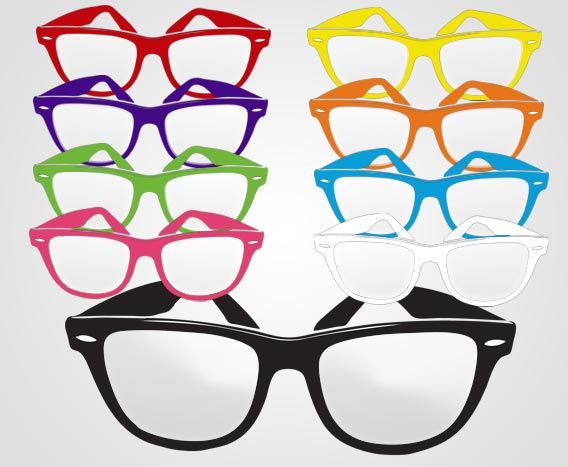nSpectacles are nothing short of an investment. They’re going to help you see better and help you function optimally for at least a couple of years, so it’s pretty obvious that you have to make the right decisions. Of course, the most important parts of the eyeglasses are the lenses, but there’s more to the whole thing than just them. When shopping for a new pair of glasses, you probably spend hours getting the perfect lenses, but only a couple of minutes deciding what frame to use them with. A quick couple of trials later, you probably pick up what looks good. We, however, think that you need to pay more attention to one very crucial aspect of the frame, its material.
Eyeglass frames material is very important for several reasons. Cosmetic ones aside, the material can give you an idea about how long the glasses will last, and whether the investment is worth it. Furthermore, the material can also decide how easy they will be to maintain, manage and use in your daily life. Let’s take an example here. No matter how good looking your new frames are, if they’re heavy and make you feel uncomfortable, what’s the point of getting them? They may look good to everyone else, but is it worth the discomfort?
A couple of things you need to consider before picking out a frame and material are listed below:
- Color: What color suits your face and complexion? Consider buying one that suits multiple outfits and matches your personality. You don’t want to walk into a bank wearing bright purple frames, do you?
- Durability: Try to understand the sort of use the frames will be going through. If you lead an active lifestyle, you’ll probably need to invest in something that can take a tumble or two and keep on going. Overly delicate frames and materials just won’t do in this case.
- Comfort: Does the frame fit snugly on your face? Does it dig into your temples? Is it the right size? These are all things you need to consider as well.
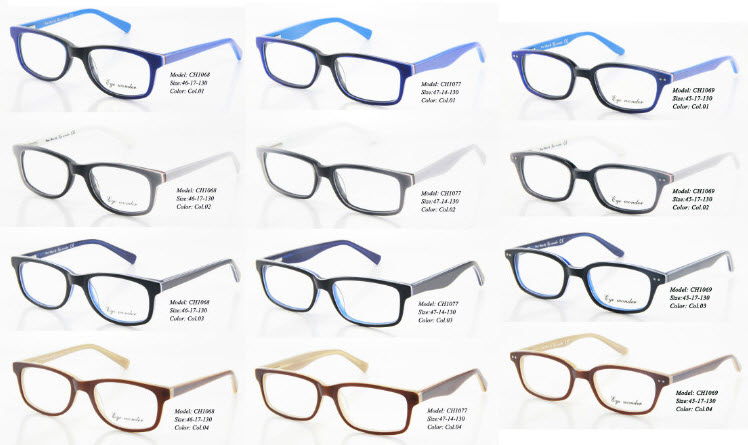
- Weight: If the frame you’ve chosen is extremely heavy, you won’t be able to wear them constantly without discomfort, we guarantee it. Don’t compromise on something like this and think that you’ll manage, because after hours, days and weeks of wearing something uncomfortable, you’ll despise them, no matter how good they look.
- Allergies: One of the most overlooked factors, allergies should always be considered before picking up a frame. Some people are allergic to a few materials, so it’s obvious that they can’t wear something made out of those materials so close to their skin and face for extended periods of time.
Now, let’s get to the actual materials. Depending on your budget and usage, there’s quite a lot of frame materials available, many more than what your parents would have had a couple of years ago. You should be able to find something that suits you quite easily, as long as you have the budget, of course.
- Plastic: Plastic is probably the most common, cheap and widely used frame material in the word. The term itself is diverse though, because there’s many materials that come under plastic. Most of them are made from a material called zyl (zylonite or cellulose acetate). They’re very affordable and come in a variety of colors, but aren’t too durable. Some manufacturers add a material called propionate to make it hypoallergenic and more durable as well. It’s a good bet if all you want is a light frame, or if you want frames for short term use.
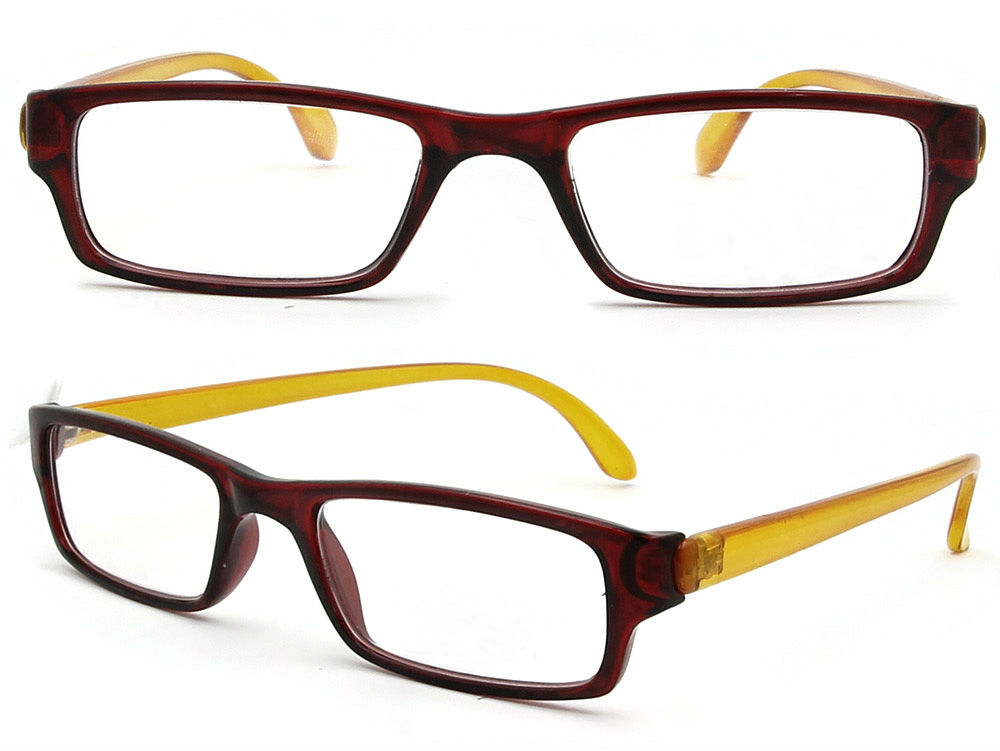
- Nylon: Mostly seen on sports or safety eyeglasses, nylon can be bent and made into shapes most other materials cannot assume, and are thus used for wraparounds. They’re also quite light and durable, but become brittle as time passes, due to accumulation of moisture. So when new they’re nigh indestructible, but with use they can break easily.
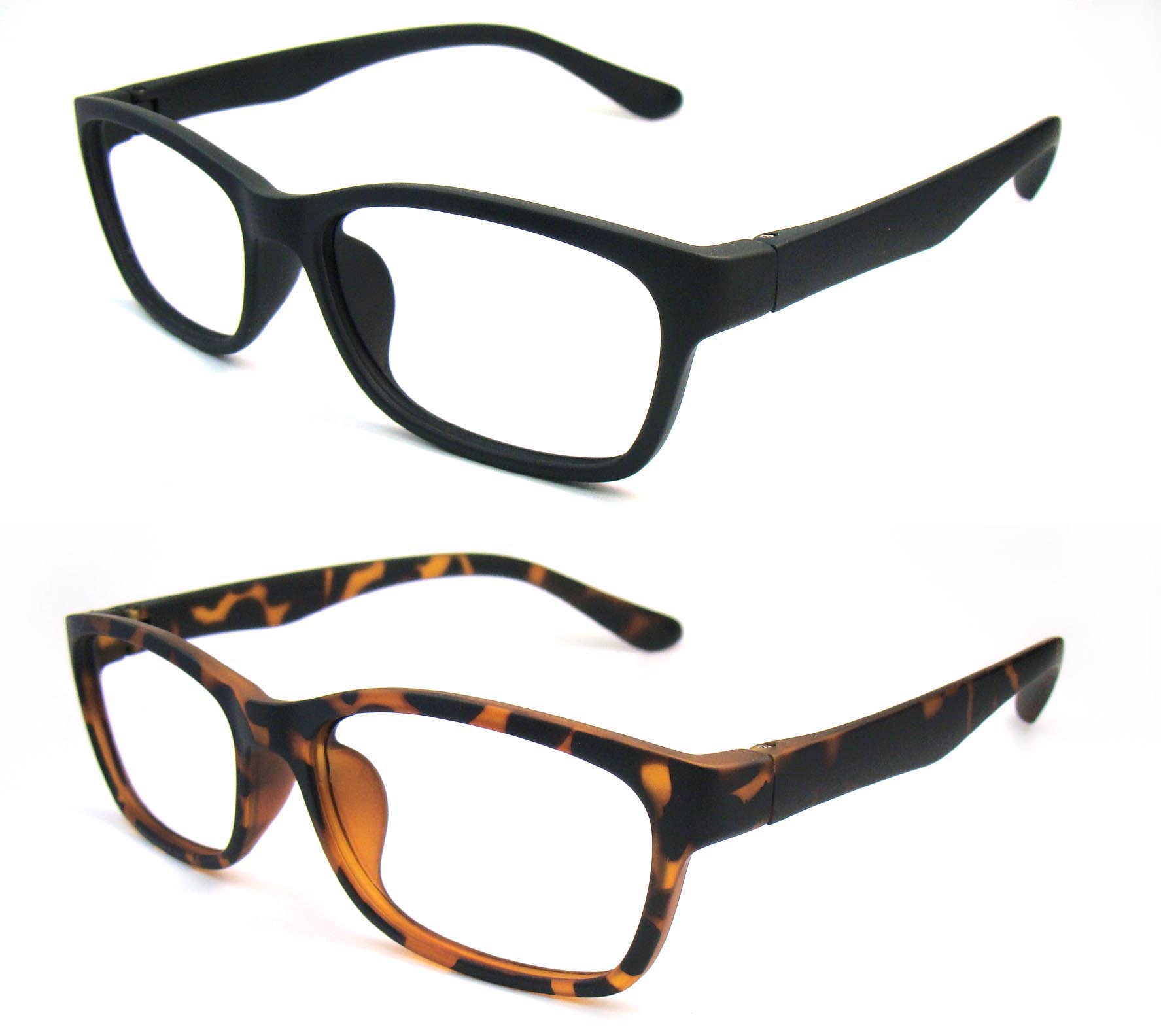
- Polyamide: A blend of nylons, polyamides are also light and durable, used for active eyewear. They tick all the right boxes, but falter only in one regard. Though flexible and lightweight, they tend to change shape with heat.
- Metal: Again, in terms of eyeglass frame materials, metal is a very diverse term. It mostly refers to monel, a mixture if metals most widely used in manufacturing eyeglass frames. Monel can be made into a fair number of shapes, and is corrosion resistant, plus quite durable. It’s supposed to be hypoallergenic, but a few people have an adverse reaction to it. This is rectified by coating with an inert metal. Metal frames also include aluminum and stainless steel. Both these materials are fairly light, durable and cost effective, but not as much as plastic. Once bent or damaged, they usually can’t be fixed.
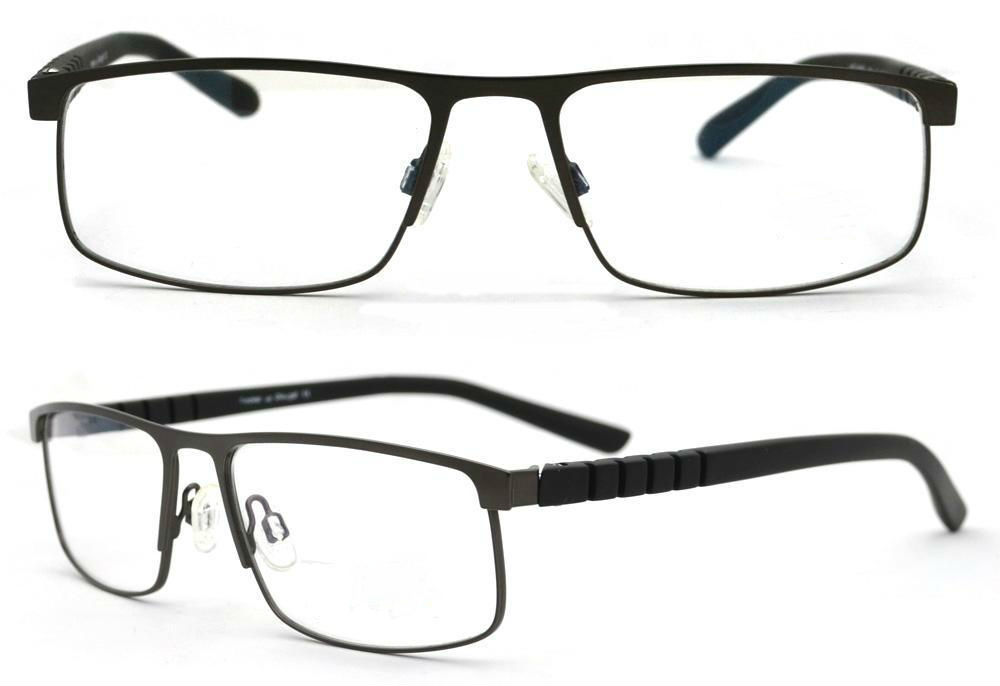
- Titanium: Then we have titanium, probably the best material for eyeglass frames. It’s everything you’d want out of a material. It’s light, durable, corrosion resistant and very resistant to damage. There’s only one catch though, it’s very expensive. 100% titanium frames are obviously the most expensive, but you can find titanium alloy frames for a lower price.
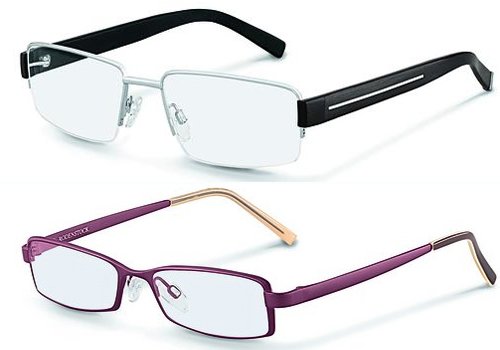
- Beryllium: Finally, there’s beryllium, an alternative to titanium. It offers pretty much all the advantages of titanium, but at a lower price. Beryllium is recommended for users with high skin acidity or those who enjoy swimming. It may, however, unlike titanium, cause allergic reactions.

It’s always best to try out all materials to understand their feel and properties before making a decision, so that you can also weigh the advantages or disadvantages against the price. It’s how you can make the most informed decision. Do let us know if you need any help choosing, or if something isn’t clear!

